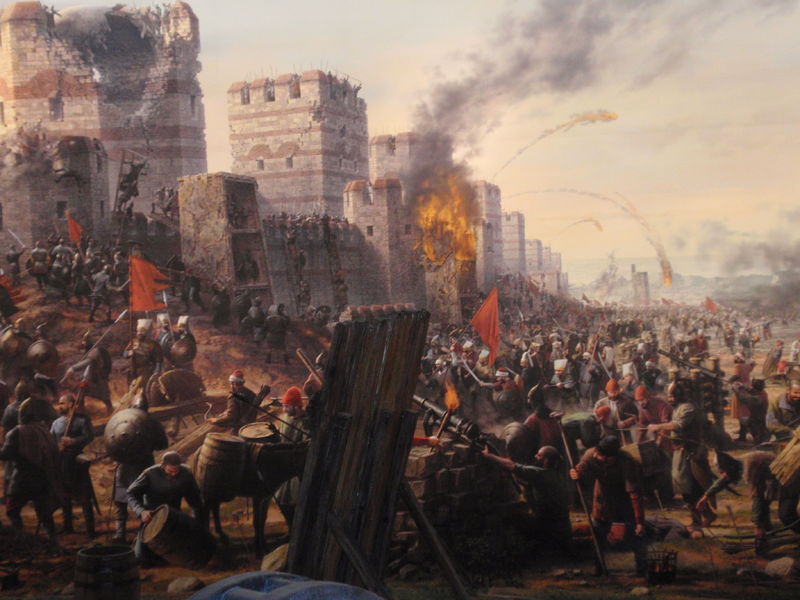L'immagine qui sopra mostra le tre più importanti correnti del pensiero conservatore.
1) Il conservatorismo nazionale, sovranista, basato su "legge e ordine", statalismo, legalitarismo, giustizialismo, militarismo, nazionalismo, esaltazione delle forze dell'ordine, ma con coloriture populiste, plebiscitarie, cesariste e bonapartiste, In Italia corrisponde alla destra nazionale di Fratelli d'Italia e in parte della Lega Nord, che è etno-nazionalista
2) Il conservatorismo liberale, liberista, individualista, censitario, elitario, finanziario, imprenditoriale, filantropico, moderato, centrista laico. In Italia si riconosce in Forza Italia.
3) Il conservatorismo tradizionalista, fondamentalista cristiano, integralista cattolico, monarchico, aristocratico, reazionario, medievaleggiante, identitario è più che altro una corrente di pensiero che fa capo a filosofi come Marcello Veneziani.
4) Il conservatorismo popolare di tipo centrista cristiano, democristiano, personalista, solidarista nell'ambito di una economia di mercato sociale basata sul principio di sussidiarietà. In Italia è rappresentato da UdC, Ncd e CL.
5) Il conservatorismo sociale che si basa sul comunitarismo, sul corporativismo, sullo stato sociale, nell'ambito di una concezione nazional-popolare. In Italia è rappresentato da La Destra di Storace, il Ms-Fiamma Tricolore, Forza Nuova, Casa Pound e l'ala destra del Movimento 5 Stelle)






















































































